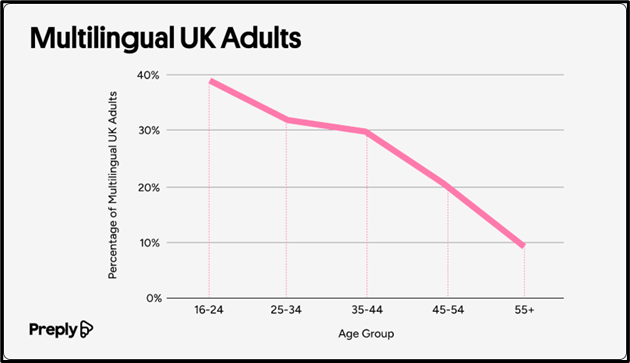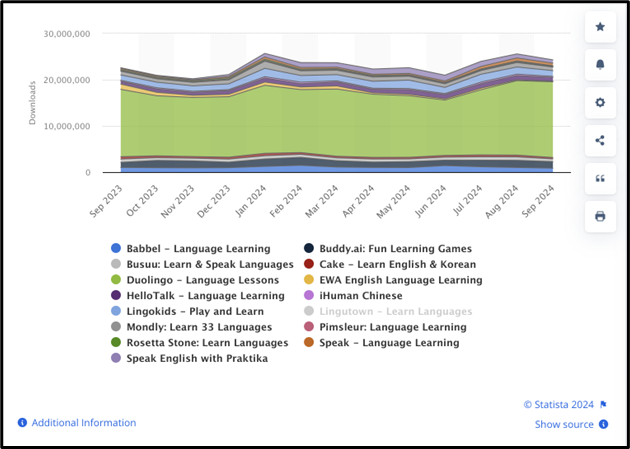How Preparatory Charter Schools Ensure Diverse Students Meet Educational Standards
You’ve seen charter schools popping up, but have you ever wondered how they really work? Preparatory charter schools have a knack for making educational standards accessible to everyone. They blend inclusive teaching with community ties, creating spaces where every student can shine.
Curious about how they achieve this magic? You’re in the right place. Stick around to discover their game-changing approaches and strategies that set them apart in today’s educational landscape.
Inclusive Curriculum Design
In the classroom, each student brings a unique tapestry of experiences and perspectives. Backgrounds and learning abilities differ greatly. A robust curriculum addresses this diversity by embedding inclusivity into its framework. It acknowledges varied cultural contexts and learning styles, integrating them seamlessly with standard education requirements.
Here, teachers don’t just teach content. They empower students to see themselves reflected in what they’re learning. Such a curriculum bridges gaps in understanding. It fosters acceptance and ensures that all learners can thrive academically while celebrating their individual identities.
Community Engagement Partnerships
In a prep school, relationships with local organizations transform education into an interactive experience. Such partnerships connect classroom lessons to real-world scenarios, enriching learning. These collaborations tap into community expertise and resources, offering students diverse opportunities beyond the textbook.
Whether through mentorships or cultural exchanges, students gain broader insights that are invaluable in understanding societal roles and responsibilities. This approach ensures academic growth remains grounded in practical relevance and everyday life skills.
Individualized Learning Plans
Nothing is more important to learners than an instructor who understands their unique strengths and needs. Individualized learning plans (ILPs) are vital in meeting educational standards for diverse students. These plans allow schools to tailor instruction, ensuring each student’s specific challenges and potential are addressed.
For instance, a preparatory charter school may develop ILPs for students with dyslexia. By using specialized teaching methods and tools, these schools ensure that every child can achieve academic success while feeling supported and understood in their learning journey.

Ongoing Assessment Methods
Imagine a classroom where progress isn’t just measured by end-of-year exams. Continuous assessment offers real-time insights into student development, enabling tailored educational strategies. It provides immediate feedback and helps educators adapt their methods to meet diverse needs effectively.
To meet academic standards, prep schools use approaches like:
- Formative assessments: Frequent checks during learning
- Diagnostic tests: Identify strengths and weaknesses early
- Portfolio reviews: Track growth over time
These methods foster an environment of constant improvement. They ensure students not only meet but exceed educational standards in dynamic ways that honor individual learning journeys.
Culturally Relevant Teaching Practices
Culture can have a profound impact on how students engage with learning material. Recognizing this, prep schools weave cultural relevance into their teaching strategies to meet educational standards for diverse populations.
By incorporating students’ backgrounds and experiences into the curriculum, educators create an inclusive environment where learners feel valued. Lessons become relatable and impactful.
Teachers use literature reflecting varied perspectives or historical contexts that resonate with different cultures. This approach not only enhances understanding but also fosters empathy, empowering students to connect deeply with their studies while achieving academic excellence.
Tailored Support Systems
Every student’s journey is distinct, necessitating tailored support systems to meet educational standards. These frameworks offer personalized assistance based on individual needs, ranging from academic tutoring to emotional and social guidance.
Through providing resources like specialized learning aides or counseling services, schools create a supportive network that addresses the holistic development of students. This comprehensive approach ensures learners not only excel academically but also thrive personally. It cultivates resilience and adaptability in diverse student populations, paving the way for sustained success.
Teacher Training for Diversity
Educators too need training from time to time. And to best deal with diversity in student populations, prep schools may recommend specific professional development programs. These initiatives focus on enhancing teachers’ abilities to address varied learning needs and cultural backgrounds effectively.
For instance, many educators are encouraged to study special education techniques. This equips them with strategies to support students who require different instructional approaches.
When they continually update their skills, teachers create an inclusive classroom atmosphere that respects each student’s individuality while ensuring academic standards are consistently met.
Data-Driven Educational Approaches
Data is a powerful tool for promoting success and excellence across sectors, including in education. In prep schools, data-driven approaches guide personalized learning and curriculum adjustments to meet educational standards.
Analyzing student performance metrics and engagement patterns allows educators to identify trends and areas needing improvement. This insight enables targeted interventions that address specific challenges faced by diverse learners.
The strategic use of data empowers schools to refine teaching methods continuously. It ensures students receive the best possible education tailored to their unique needs and strengths.
Equitable Access to Resources
Finally, ensuring equitable access to resources is crucial in meeting educational standards for all students. Schools strive to provide equal opportunities, regardless of background or ability.
For instance, a charter school could invest in technology and adaptive learning tools for those among its students with special needs. This enables them to engage fully with the curriculum alongside their peers.
Such initiatives promote fairness and inclusivity. They empower every student by removing barriers that could hinder their academic success and personal growth.
Meeting diverse educational standards is essential for future-ready learners. Through the approaches above, preparatory charter schools lead the way, ensuring all students achieve their full potential.












